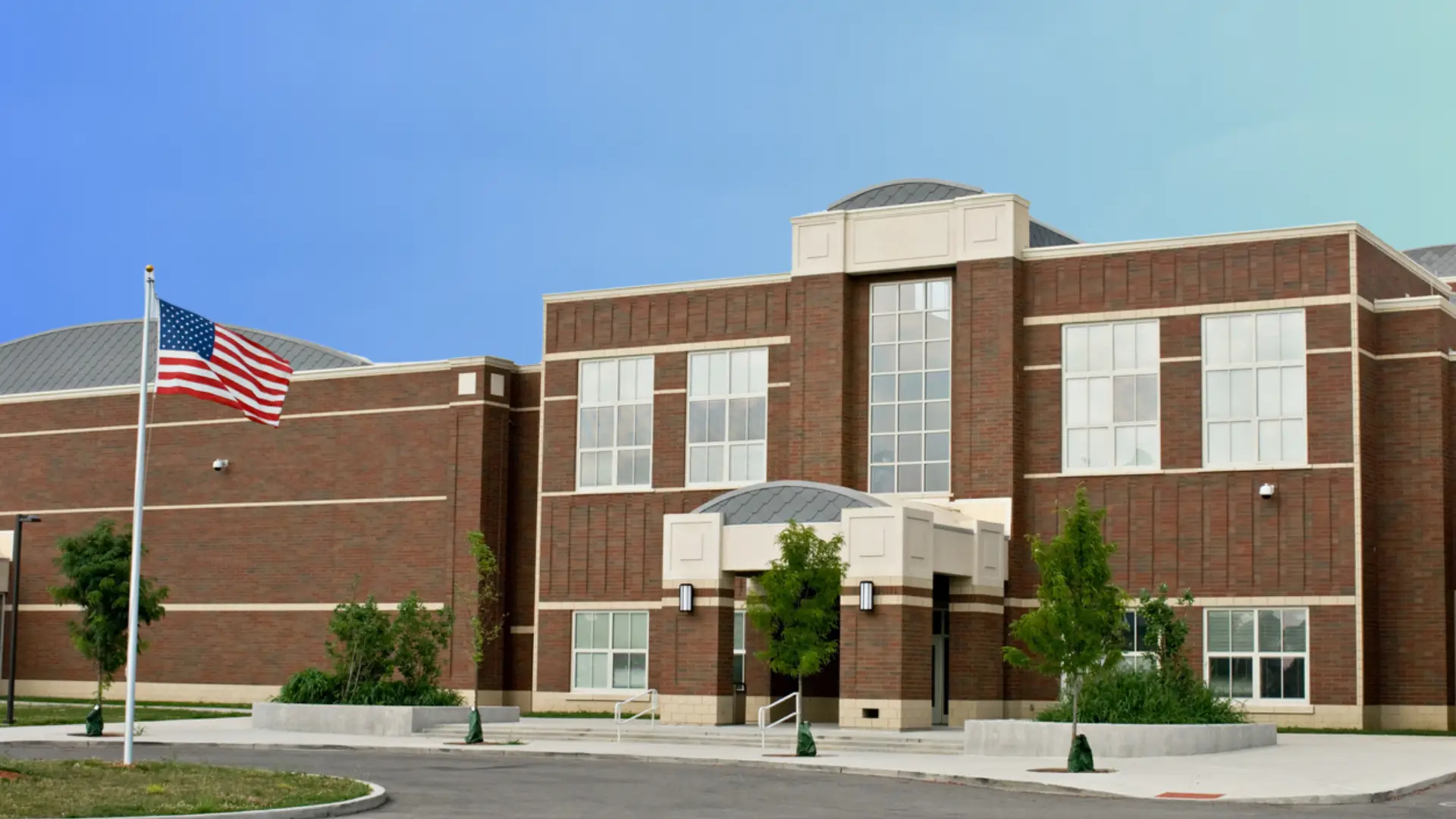Large high-speed Interpret providers like AT&T, Comcast, Verizon and more yesterday announced that they will offer a discounted rate of $30/month for broadband internet access for low-wage earners. This development is crucial to the widespread, equitable adoption of telemedicine and virtual medical interpretation in the United States.
Missing language support as a side effect of the digital divide
As a nation, we’ve already begun to understand the effects of the digital divide as telehealth adoption soared during the pandemic. A study published earlier this year found a direct correlation between internet access and higher mortality rates across all community types, especially in urban areas.
Findings like these have spurred a conversation about what equitable health access looks like in a more digital healthcare environment. As a company who works with healthcare providers serving diverse communities, at Boostlingo we see quality language support for limited English proficiency (LEP) patients as a crucial part of equitable health access, especially as telehealth grows in prominence.
As more appointments move to telemedicine, especially for routine appointments like prescription renewal, language support can be harder to access for LEP patients.
We know that LEP individuals are less likely to work jobs that afford them the time to get into a doctor’s office and to navigate the healthcare system. Telehealth can be a shortcut for these patients that allows them to access healthcare in a way that makes sense with their daily lives.
If onsite interpretation is the only option for LEP patients, they may be missing out on the benefits of telehealth and may skip care altogether. Adding virtual interpretation into a telehealth workflow is a possible solution for providers who want to expand access to healthcare, and expanded broadband access now makes virtual medical interpretation even more viable for a larger group of patients.
With this broadband bill, now more households will be able to consider telehealth as a viable option. Expanded internet access also means more patients can take advantage of virtual interpretation.
How does virtual interpretation fit into telehealth?
Offering $30/month for broadband access for households will directly affect the number of LEP households who can afford internet access (we know that LEP families are more likely to live below the poverty line). How can doctors fully take advantage of this expanded broadband?
For now, doctors can still use an expanded list of interactive audio and video telecommunications systems under the COVID-19 Public Health Emergency guidelines issued by HHS.
Use of these video conferencing tools makes adding remote interpretation as simple as connecting an over-the-phone interpreter through a conference call during a telehealth call, or using an integration like Boostlingo’s Webex App to add an interpreter directly into one an ongoing video or voice call.
Signing up with a virtual interpretation provider will allow healthcare organizations to tap a pool of interpreters for their growing book of telehealth appointments. As more LEP patients gain access to internet, doctors can connect easily with their patients, regardless of their native language.
For more than just healthcare, this expanded broadband bill will be an essential upgrade for houses across the United States. For healthcare providers, it’s an important first step in getting more routine care into the homes of LEP patients.



